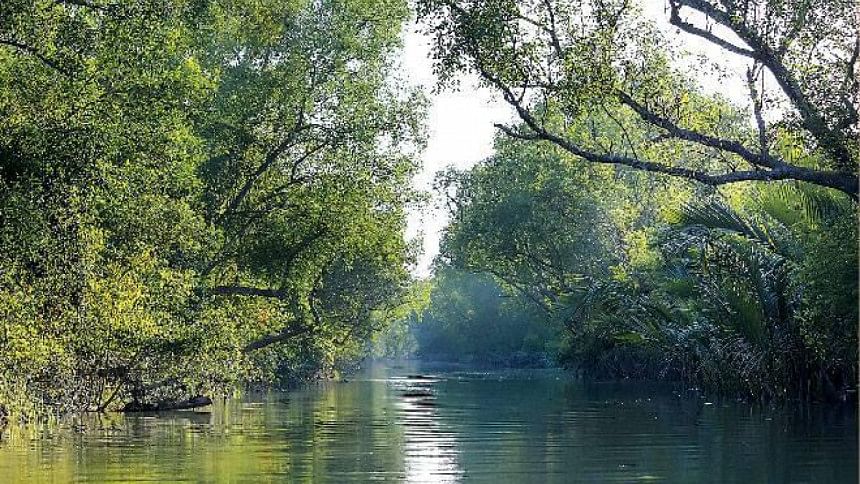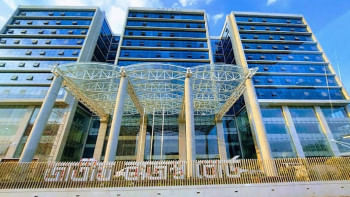Unesco delays decision on Sundarbans

The Unesco has postponed the decision of including the Sundarbans on the List of World Heritage in Danger until next year, urging the Bangladesh government again to halt a large-scale industrial construction around the mangrove forest.
So, the government gets one year more to take necessary measures to protect the forest before the World Heritage Committee (WHC) sits again next year to discuss whether to put the forest in the list.
Yesterday, the WHC of Unesco made the decision during its ongoing 43rd session in Baku, Azerbaijan. The WHC requested the government to submit all the updated documents of the government’s initiatives taken for the conservation of the Sundarbans by February next year.
The WHC will evaluate those documents in its 44th session to be held in June next year and then decide whether or not the Sundarbans will be listed as the “Heritage in Danger”.
From the ongoing session, the government was also requested to invite a joint WHC and International Union for Conservation of Nature (IUCN) Reactive Monitoring Mission who would assess the state of the conservation of the Sundarbans by the end of this year.
The committee regretted that the government was yet to finalise the National Oil Spill Chemical and Contingency Plan and providing further information and data on the monitoring of long-term impacts from shipping incidents involving spills of hazardous materials.
The WHC requested the government to implement the relevant recommendations of Structural Environment Assessment (SEA) and submit its necessary documents to the WHC Centre.
It also requested the government to implement Tiger Action Plan and National Tiger Recovery Plan, expansion of the wildlife sanctuaries and the adoption of the Bangladesh Delta Plan 2100 to protect and expand the Sundarbans.
However, the WHC also expressed concerns about the likely impacts of a large- scale industrial projects around the Sundarbans and requested the government to take all necessary mitigation measures as per the recommendations made earlier by the members of WHC Reactive Monitoring Mission.
A government delegation, led by Prime Minister’s Energy Adviser Tawfiq-e-Elahi Chowdhury, has joined the WHC meeting.
He defended the Bangladesh government’s position on the Sundarbans.
He said the power plant Bangladesh is building is far away from the core site of the Sundarbans. This plant is very important for nearly five million people of Bangladesh.
In 1997, the Sundarbans, home to the Bengal tiger, was enlisted as the natural heritage of the world for its exceptional biodiversity in both terrestrial and marine environments.
According to the IUCN recommendation for Sundarbans, the forest is in danger due to severe threats from the coal-fired power plants and numerous industrial activities in close proximity.
The Rampal power plant is being built without making any assessment of its impact on Sundarbans’ world heritage values, the WHC added.
Sultana Kamal, convener of National Committee for Saving the Sundarbans, said, “It is unfortunate for us, the people of Bangladesh, that the Sundarbans World Heritage Site has been endangered by a consortium of nations who are building coal plants at Rampal (Maitree), Taltali (Barishal) and Kalapara (Payra and Patuakhali)— plants that do not have state of the art pollution control technologies or waste disposal systems.”
“If not stopped, these plants will put the Sundarbans at significant risk of severe air and water pollution,” she said in a press statement immediately after the Unesco decision.

 For all latest news, follow The Daily Star's Google News channel.
For all latest news, follow The Daily Star's Google News channel. 







Comments